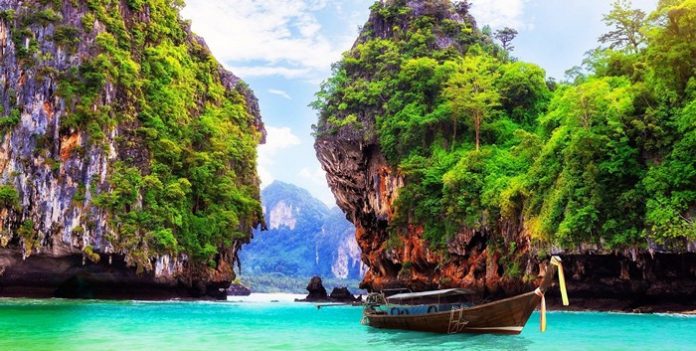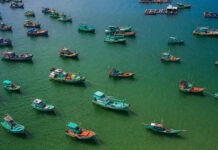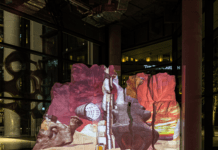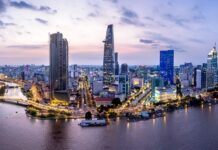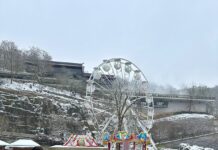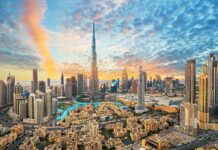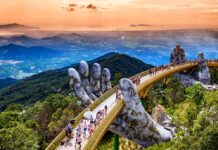With tourist arrivals expected to reach 40 million this year, Thailand’s most popular resorts and islands are buckling under the pressure of mass tourism. Yet the kingdom has hundreds of quieter islands, some lined by beaches with a wow factor to match any of the world’s hideaway destinations.
Below are some of Thailand’s alternative islands that are perfect for quiet getaways in tranquil serenity.

Koh Mak: Five Chinese-Thai families whose ancestors arrived in the 19th century still cultivate much of the land on Koh Mak, a star-shaped island near Koh Chang in the eastern Gulf of Thailand.
Intimate, family-friendly resorts sit among pineapple farms, rubber groves, villages and pink-tinted sand overlooking the satellite isles. The largest of these is Koh Kradat, curiously home to a herd of deer that first arrived by order of King Chulalongkorn more than a century ago.
Eight miles west of Mak, Koh Rang is a brilliant undeveloped island with powdery sand and reefs in crystal water, protected by the Mu Koh Chang Marine Park.

Koh Phaluai: Set 24km west of Samui, Koh Phaluai is partly overseen by the government-protected Mu Ko Ang Thong Marine Park. In the forested south, a few resorts provide bungalows and longtails for cruising to marvelous Song Phi Nong Beach, where camping is possible.
After a couple of nights on Phaluai, consider hiring a boat and heading 6km north to the park-run campground at Koh Wua Talap, another terrific kayaking base.

Koh Phra Thong: Emerging from a confusion of mangroves north of Phuket, the Golden Buddha Island took its name from the solid gold image buried below either the white inland dunes or empty golden beaches, or so the story goes.
Tourists can spend their day lounging in the sand or pedaling through the savannah interior, or take a stroll to the beach to see if glowing bioluminescent plankton accompany the starlight.

Koh Jum/Koh Pu: An easygoing vibe pervades the bougainvillea-draped lanes and sparsely developed beaches on this two-name island, which delights those coming from the bustle of nearby Koh Phi Phi and Koh Lanta.
A conical 500 meter high mountain appears to tower over Koh Pu, a name used only for the island’s northern terrain. Kilometers of khaki-sand beaches rim the south, known as Koh Jum and sprinkled with quality budget resorts like Woodland Lodge and Jungle Hill.
On Golden Pearl Beach, Koh Jum Beach Villas delivers a level of luxury not commonly found on alternative islands.
Some prefer remote Luboa Beach for the cheap huts and mellow vibe at bars like Peace Paradise, one of a few painted red, yellow and green.

Koh Mook: The ‘Pearl Island’ of Trang province is a top-notch base for island hopping, with plenty of beaches and jungle trails for on-island amusement.
At Tham Morakot, or ‘Emerald Cave’, a gap in the base of a limestone cliff leads to a dark sea passage. After about 35 meters, swimmers and kayakers emerge at an extraordinary beach encircled by vertical limestone so steep that only monkeys descend it.
Hit the cave on a boat tour that might also include the snorkeling hubs of Koh Kradan, Koh Ngai and Koh Rok. Afterwards, settle into Mong Bar at sunset followed by Ting Tong Bar after dark for stories of cobras and wild-eyed Swedes.

Koh Libong: Most of the small resorts on Koh Libong stand on Lang Kao Beach, with its many swings hung beneath the lava-red leaves of umbrella trees. When swimming becomes difficult because of low-tide rocks, visitors can explore a diverse topography of farmland, jungle, savannah, mangroves and karst.
From the top of a five-story purple tower in quaint Batu Bute, gaze at the island’s gold-topped mosque and look for Libong’s most beloved residents: the dugongs. Amid the mangroves and sea grass of Libong Wildlife Sanctuary, kayakers might have a close encounter with some of the last of roughly 200 dugongs, gentle relatives of the manatee, alive in Thailand.

Koh Bulon: Stunning Ko Bulon Leh, 23km west of Pak Bara, is surrounded by the Andaman’s signature clear waters and has its share of faultless alabaster beaches and swaying casuarinas. This gorgeous island is in that perfect phase of being developed enough to offer some facilities, yet still retains a serene, low-key castaway vibe.
An exceptional, salt-white beach extends along the east coast between the island’s two main resorts — Bulone Resort and Pansand Resort. In places it narrows, especially where buffered by gnarled mangroves and strewn with thick sun-bleached logs, making it easy to find a secret shady spot with dreamy views.

Koh Tarutao: Within view of Malaysia’s Langkawi Island, nearly every inch of the fourth largest island in Thailand remains covered in virgin forest, making this one of Thailand’s wildest islands.
With a name that means ‘Mysterious Island’ in an old Malay dialect, Koh Tarutao served as a prison from 1937-48 and signage at fascinating Talo Wao Bay recounts how abandoned prisoners turned to piracy for survival during World War II.
Mangrove swamps and limestone cliffs circle much of it, while steep trails and rough roads lead through the interior, making this a great place for fit hikers and mountain bikers. The islands’ towering rock formations and crystal waters are part of the country’s first National Marine Park and, with the exception of little Koh Lipe island, are mostly off the radar for large groups and massed day-trippers.
The reward for making it all the way here from the crush of the Big Mango or throng of Phuket is the pure simplicity of the place. The bonus is sea-eagles, macaques, monitor lizards and beaches that are impeccably ‘unimproved’.

